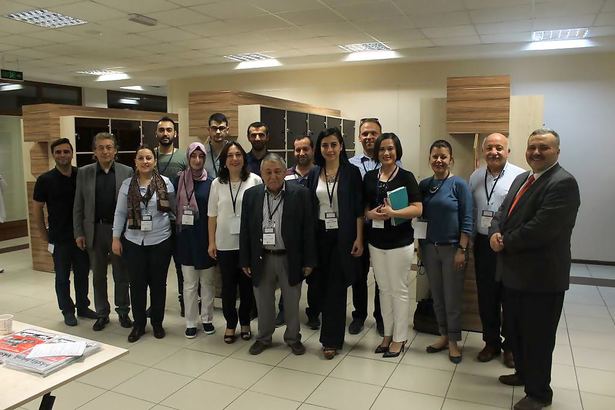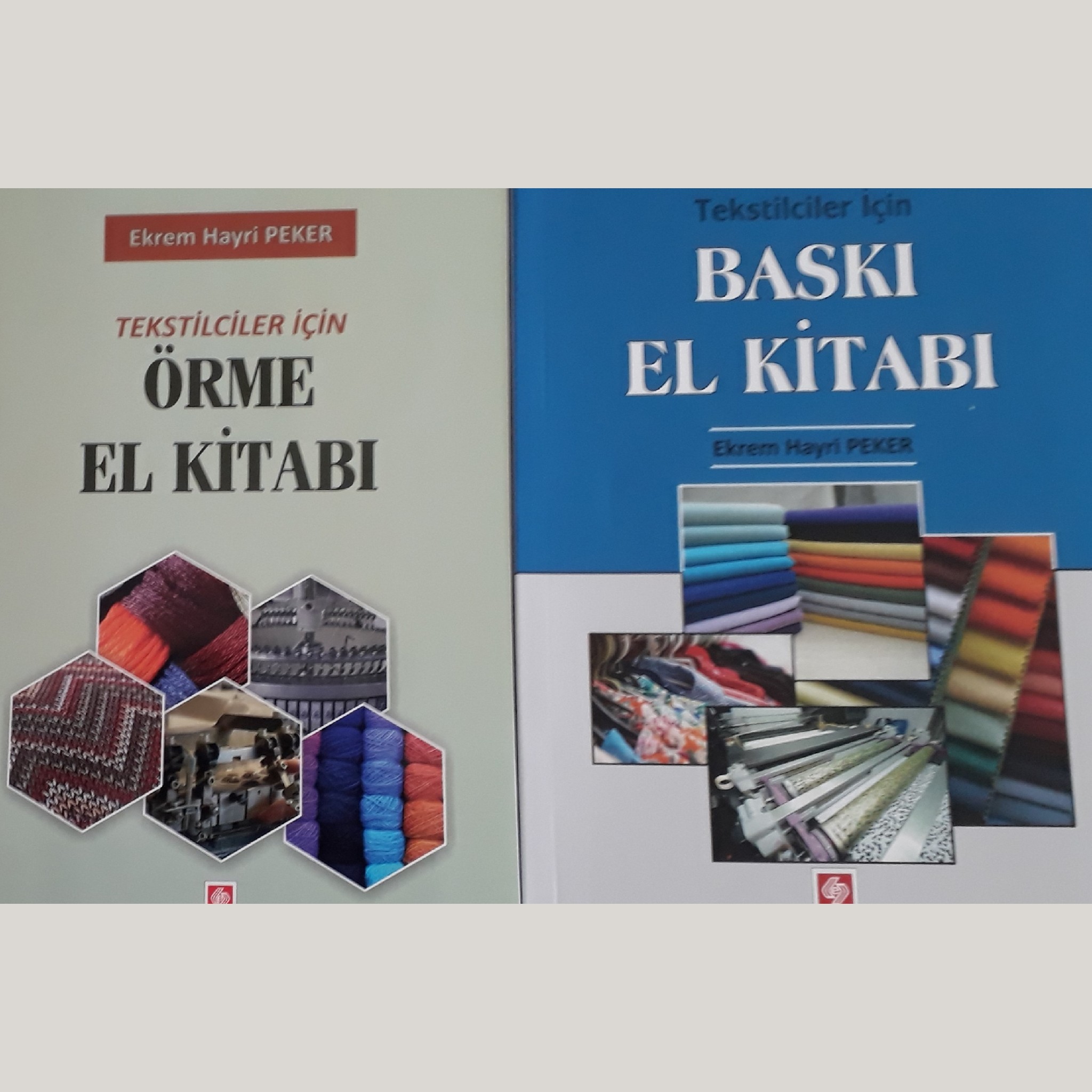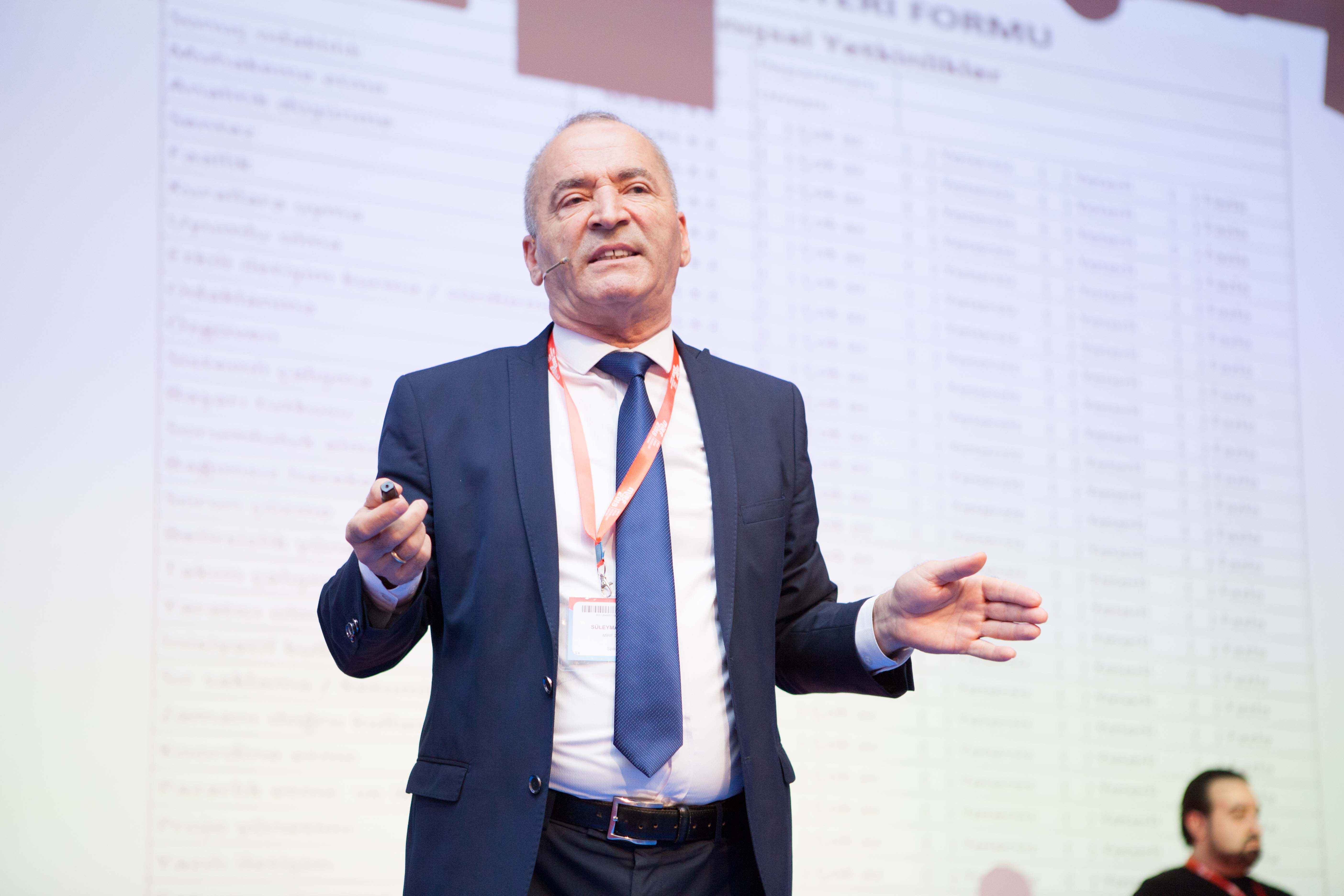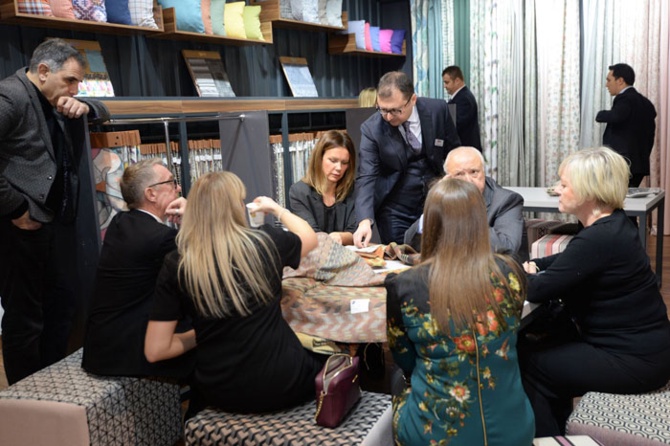I want to share some of your experiences with you;
The oppression that started with stone printing made it possible to reach a wider consumer mass by the oppression of printed textile products. The patterns were laid on the fabrics which were fixed to the one meter wide and 25 meters long mask and the design was printed. The pattern was drawn on the silk fabric which was passed through the wooden casket. The designs did not have a few colors. In Bursa, tile cloth and scarf fabrics were printed with table printing until recently.
Today’s octopus is the pressure of the so-called table based printing.
Filmdruck forms the basis of printmaking. Increasing demand for printed fabrics has brought mechanization to this area. He took blanket made of special rubber that moved the place of the table. Patterns were passed to the fabric by the movement of dirt or steel bars in the molds placed on the edges of the printing machine. In this way patterns and colors that do not exceed two or three molds have been removed to 12 molds and colors. According to the pattern report, the daily production of the machine reached 6-15 thousand meters. New technological developments The blanket width has increased to 400 cm. The technological advances in this area have allowed the pressure to reach 64/90/120 cm respectively. There are 64, 82, 91, 101 reports on the rotation prints. The rotating dyes are fixed on the knife while the blanket moves in the printing machines. The rotating dyes are transferred to the fabric with the help of the knife. The fabric from the press comes to the fixer for fixing. Printing methods have also developed with the development of printing machines. Cotton, linen, silk fabrics, then polyester fabrics and blends are also started to be printed. These; Pigment, reactive, ronjuan and disperse (pigment abrasion, disperse abrasion, acid, nylon)
Rotational printing makes it possible to print 16 and 24 color patterns on 10-12 molded and custom made machines, thus reducing printing costs. Rotation pressure is not the only thing that suits small quantities. The change of the pleasures of the consumers, the change of the likes, pushed the producers to search for the printing of smaller items and the production of digital (inkjet) printing machines. Because the digital printing design is prepared in the computer environment, the report does not have any problems. At the beginning of the 1960’s, Rotork printing technology was found. The transition to digital printing was in early 1996’s.
We must carefully control everything to reduce the fires of printed fabrics.
– First of all, make eye examinations of all the people working in the printing presses in the printing department. Employees with eye disorders are hardly aware of their mistakes.
– Exit sections of fabric should be illuminated with panel illumination, like a pharmacy, without drying of fabric entrance and printed fabrics.
– Replacement fabric dies should be brought to the press.
– The template and patterns of the next print should be ready.
-The yarn wrapped in the printing input rollers should be cleaned frequently.
-The inside of the clothes should be cleaned with certain periods, and the institutions that accumulate in the drying should be prevented from polluting the fabrics. We have to ventilate often.
– Molds and templates should be kept in the light and checked for clogged places before entering the print shop. Otherwise, some of the patterns on printed fabrics will not come out, it will be a waste. The printing is interrupted and the stuffy areas open. This means loss of production. – The template and pattern sequence must be in finez-contour-lab form and the background template should be left to the end.
– Take precautions against the risk of staining the templates, if necessary, leave a gap between the templates.
– We must make the paint template or mold order before printing.
– The paint should be washed in the same washing conditions by making a fix in the fixation heat of the pattern to be pressed. Otherwise, the colors may mislead us.
– The printing press should be pulled to the fabric to be printed. After printing, it should be stapled in the print cartel.
– If the printing is interrupted for any reason, the pH of the dyes should be checked before starting to print again.
– Critical patterns should be printed first and the printed part should be moved according to flicker-washing and finishing result.
– It is useful to wash the printing blanket with time, hot water.
– Blankette thermoplast deposition should be checked to see if small cavities are formed.
– The brushes of the printing blanket wash must be pulled and checked when the machine is turned off.
– Adhesive pile-receiving template should be used to take the piles when pressing fabrics of cotton or suede.
– It is beneficial to place the paver in the entrance of the printing machine.
– If we are using underground waters, we must attach a screen gland to the end of the pumps to prevent sand from coming from the water.
– The templates of the backup pattern should be checked and checked before printing is finished. The required templates should be rutched.
– When entering the print we have to use the appropriate end guide. As these guides are constantly exposed to heat over time, their strengths are lost and broken. We have to change the guidelines with certain periods.
– To bond the fabric to the blanket, we can draw a thermoplast to the blanket, or we can give PVA with a knife. At the entrance of the rotation presses the PVA boat is located. The PVA is supplied to the blanket by means of a scraper.
– Polyester fabric sometimes weighed paint when we pressed it, we dyed the paint several times. We prepared the Pati beforehand, pressed the pat tanks and waited for 24 hours.
In filmdruck printing, we were careful to choose the appropriate size. While printing, the craftsmen made sandpaper to the memories of the captains.
Both the templates, if necessary, should be washed thoroughly with filmdruck printing molds. Otherwise, the template and the molds may become clogged. We lose time to open them.
Fabrics subjected to abrasion printing should be given 10 gr / lt Ludigol while being subjected to drying in RAM. Ludigol prevents the degradation of the paint, the background color, and the distortion of the fine motifs and images of the scenes.
Polyester Printing;
– Color thickening: The colors in the mixture are multiplied by the desired percentage amounts. If it is darkened by 20%, 20% of the printing dyes are added to the pat.
– Opening color: The amount of paint remains the same, the pat is added to the desired size. For example, if 20% is opened, the amount of pat is increased by 20%.
In printing, root expansions are 1/1, 1/3, 1/5, 1/7.
Thickening: Holds the tints of the printing dyes but has a low viscosity, ie the paint is fine then thickened by the addition of thickener. To lose color tones, we add as much paint as the percentage of pat.
Thinning: If the viscosity of the blend is high, ie very thick, the blend is diluted by adding water. The paint is added in proportion to the percentage of water added. The pH is adjusted by the addition of acetic acid.
When the fabric does not stick, we will emulsify and stick to it. We prepare 200 liters of water for this. We add 1 kg of emulsion and 1 kg of spirit into it.
After printing:
– 2 report sizes are sampled from the appropriate speed and pressed part.
– Ground control is done in the fabric of the dock.
– Additional dyes are checked.
– Is it spreading paint? .
– Print the speed, number, and press parameters of the job order card.
– The backstop and the machinist are often checked for interrupted fabric.
During stopping:
The sample is taken.
If there is any waiting (such as fabric waiting or malfunction), machine cleaning should be done.
Ekrem Hayri Peker
Chemical Engineer












